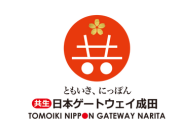His sons, winemaker Stefano and Alberto, who is responsible for commercial relations and marketing, are rising to the challenge of upholding their father’s values and perpetuating his remarkable contributions to the wine industry, art, and the promotion of the local territory.
Stefano (below, right) has been responsible for production for 30 years and is focused on improving the quality in both the vineyard and winery. In the vineyard, among many initiatives, he has overseen the introduction of new high-quality Barbera clones (GJ1 and OB66) and rootstocks tailored to each soil type.
He has also refined thinning methods and timing, carried out vineyard by vineyard, and introduced hail and shade nets for particularly sun-exposed plots.
In the winery, the focus has been on selecting the appropriate wood for ageing the wines and using 25/30-hectolitre barrels.
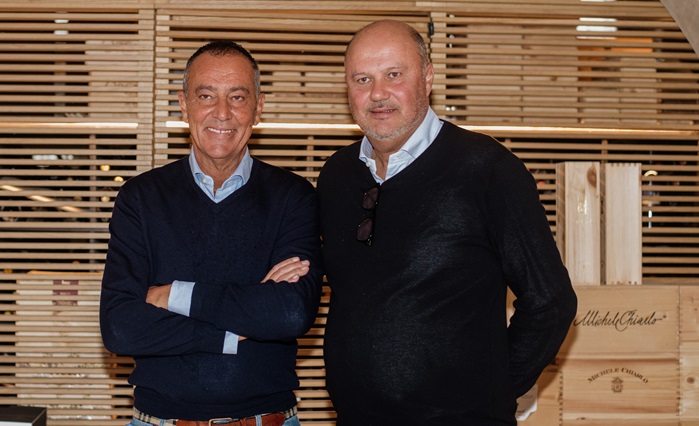
Alberto (above, left), on the other hand, has been responsible for marketing and sales for 30 years, managing distribution across 65 countries worldwide. He works closely with importers to define sales strategies. In Italy, the company relies on a network of around 70 multi-brand agents.
As their father played a pivotal role in the birth of the Nizza denomination, I ask the brothers how they see the future of the Nizza denomination?
Stefano, who is president of the Associazione Produttori del Nizza, replies: “The Nizza denomination is already a significant reality, with 100 producers and over one million premium bottles. Its growth has been steady at 10-15% in recent years, and the long-term goal is to reach 3-4 million bottles, comparable in scale to the Barbaresco denomination. In Piedmont, after Barolo and Barbaresco, it is the most represented red wine denomination on wine lists of top restaurants and in international markets."
Michele was also a visionary in Italian winemaking culture and a driving force behind the transformation of renowned wines like Barolo, Moscato and Barbera d’Asti. How do the brothers view these regions?
Stefano says: “These denominations represent a solid foundation in the wine world, with widespread distribution across 30-50 countries globally. Looking ahead, we hope these wines will continue to strengthen their positioning, expand into new markets, and appeal to a wider range of consumers, including younger generations."
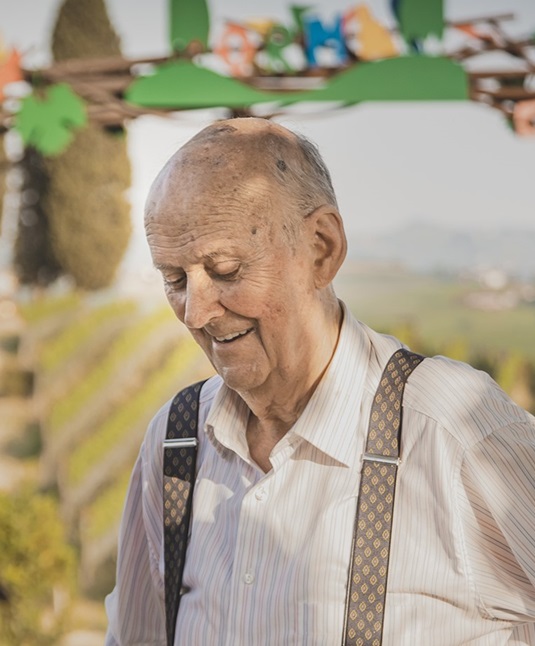
A staunch advocate for Piedmontese winemaking tradition, Michele (pictured) always strived for excellence by meticulously selecting and acquiring the most promising vineyards across Langhe, Monferrato and Gavi.
He firmly believed in the power of collaboration and teamwork to achieve greater and shared goals. This mindset led him to hold prominent roles in wine associations, founding collective institutions such as the Consorzio Grandi Vini and the Istituto Grandi Marchi.
A man who worked in the cellar and in the vineyard, Michele stood out for his ambition and knack for foreseeing market trends. He was among the first to recognise the export potential of Italian wine, establishing enduring partnerships with key international importers.
I ask the brothers about the big trends influencing their decisions?
“Although it’s not strictly a trend, sustainability is the main factor driving our decisions," Stefano reveals.
He adds: "Another essential aspect has always been our commitment to faithfully expressing the terroir and preserving the elegance and balance of our wines. We aim to maintain a harmony between alcohol levels (never excessive) and freshness (acidity), which defines our style."
HOLISTIC VISION
Michele embraced a holistic vision of wine, seeing it not merely as a bottled product, but as the fusion of various elements that form the fabric of a community: history, culture, art, traditions, conviviality, and, above all, the terroir – the authentic essence behind every label.
I wonder how the brothers plan to develop the brand their father created and promoted?
“We are certainly committed to further enhancing sustainable practices across every aspect of our work – from the vineyard to the cellar and even in hospitality. For us, sustainability is not just about the environment but also, and especially, about social responsibility,” Stefano says. “We have developed a sustainability report to provide a detailed overview of the practices we implement. Our hope is to inspire other businesses to do more as well, because, as my father used to say, working as a team allows us to achieve greater and shared goals.
“On the commercial front, our aim is to strengthen our presence in 'classic' markets while also exploring new opportunities in regions where there is growing interest in and sensitivity toward wine. For example, we are seeing increased engagement in some 'new' markets that are becoming very promising, such as Poland and Brazil.”
2023-2024: TWO YEARS OF SUBSTANTIAL INVESTMENTS IN THE CELLAR AND THE VINEYARD
Michele cherished his winery and viewed his employees as an extended family. Over the past two years, Michele Chiarlo winery has undertaken significant initiatives in both vineyard management and cellar operations with projects that were not only inspired by him but also shared his vision and values.
Investment in the vineyard: The winery has recently replanted 10ha of Barbera vines for the production of Nizza DOCG, conducting studies aimed at preserving the genetic heritage of Piedmontese grape varieties. This includes the AGEBA project, which meticulously analyses and selects the finest clones of old vines to serve as a blueprint to cultivate specimens more resilient to the challenges posed by climate change.
Stefano tell me “the most fascinating and promising variety for the future is Barbera, as it still has significant potential for growth. Along with this, Nebbiolo undoubtedly still has enormous potential for expression, for instance, outside the Langhe, where we are seeing beautiful results".
Investment in the cellar: A new, advanced bottling line has been introduced. From Fimer, it’s an isobaric filler (model SRL tt 20-28-3-4-3/va) so it not only preserves the wines' characteristics but also streamlines team operations, ensuring safety and reducing strenuous physical work. In addition, it helps to optimise raw materials such as glass and paper.
WINE: A BLEND OF ART, CULTURE AND COMMUNITY
Michele cherished his homeland, the magnificent vineyards of Piedmont, and took immense pride in their recognition as a UNESCO World Heritage Site. He was also an avid art enthusiast, spearheading the creation of Piedmont's first land-art park within the La Court vineyard (main photo). In keeping with this legacy, the family says it remains committed to preserving the region's natural beauty and its artistic heritage, with several of Michele's visionary projects materialising this year.
‘Producing great wine isn’t enough’
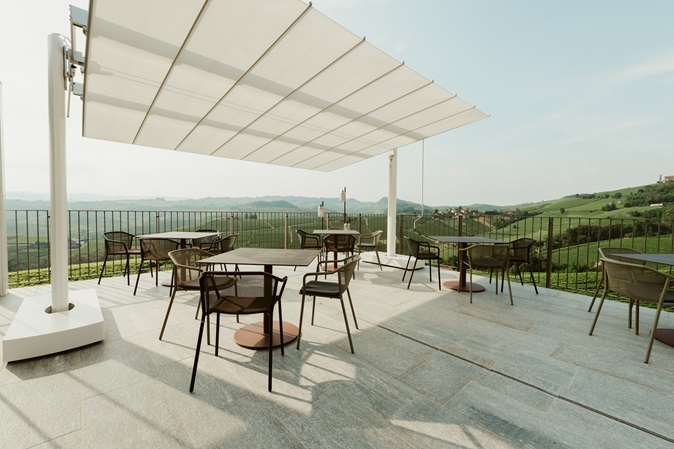
Wine tourism: Thirteen years after the inauguration of Palás Cerequio, a wine resort nestled in the heart of the Barolo Cru and born from the restoration of an old hamlet, the relais is embarking on a significant expansion. Two new suites are being added, along with a new wing that houses the first Sky Bar in the Langhe (above). This two-storey terrace overlooks the vineyards, offering a variety of tasting experiences that invite guests to delve deeper into the local terroir.
This expansion represents another leap forward in Chiarlo’s wine tourism offer, further solidifying the connection between the land and wine experience.
Alberto reflects on how the wine tourism journey began: “Over the years, we’ve cultivated some of the finest vineyards in Barolo, Barbaresco and Nizza. These vineyards have always been at the heart of everything we do, but there was a moment when we began to see them differently. That turning point came in the summer of 1996, during a sunset party at Cerequio. Back then, Palás was still a rundown village, there was nothing there, but it was one of the best celebrations we’ve ever hosted. It was then we realised that producing great wine wasn’t enough – we wanted to bring people into these vineyards and share them.”
Art: To mark the 20th anniversary of the Art Park's inauguration, Michele Chiarlo winery hosted an exhibition entitled ‘Nespolo & Chiarlo: dal 2013 Arte in Vigna’. Until the end of the year, Palás Cerequio is home to an immersive experience into the avant-garde art of the Biella-born artist Ugo Nespolo: major works from his brilliant career, as well as previously unseen sketches, retracing his long collaboration with Michele Chiarlo.
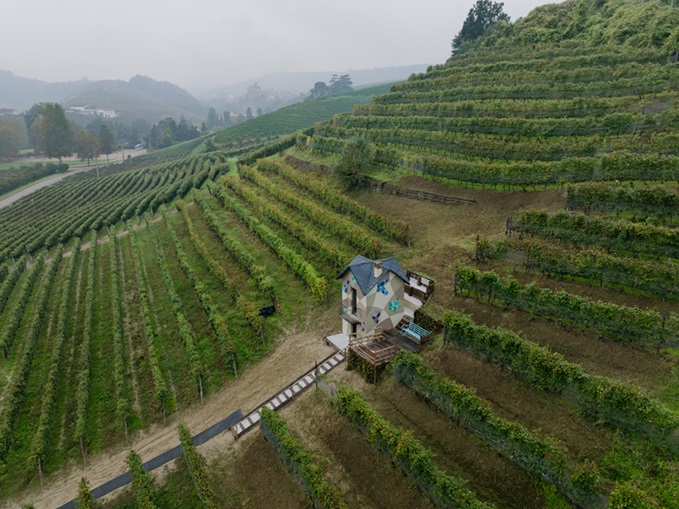
Cannubi Path (above): 2024 brought another exciting addition to the rows of the Langhe’s most renowned vineyard. Inaugurated in early October, the Cannubi artistic path designed by Nespolo draws its concept from the Art Park Court. This journey through the vineyards is not just an aesthetic installation, it is a profound and heartfelt tribute to a beloved hillside and to Michele himself, with the restoration of the historic Cannubi ciabot (a small building in the vineyard) dedicated to him.
Through installations in the vineyards and inside the ciabot, visitors can immerse themselves in the essence of the landscape and the passion of those who cultivate it. This project celebrates the historical winemaking heritage of the area and its cultural value, strengthening the connection between Nespolo’s art and the winemaking tradition of Michele Chiarlo.
FAMILY HERITAGE
The commitment of the Chiarlo family also now involves Matteo and Bianca, children of Stefano and Alberto. This new generation has joined the family business, starting in the shop and venturing into international markets. They also participate in the Youth Group of Grandi Marchi, ensuring that the family’s legacy continues and Michele Chiarlo's spirit and values endure for another generation at least.

 English
English French
French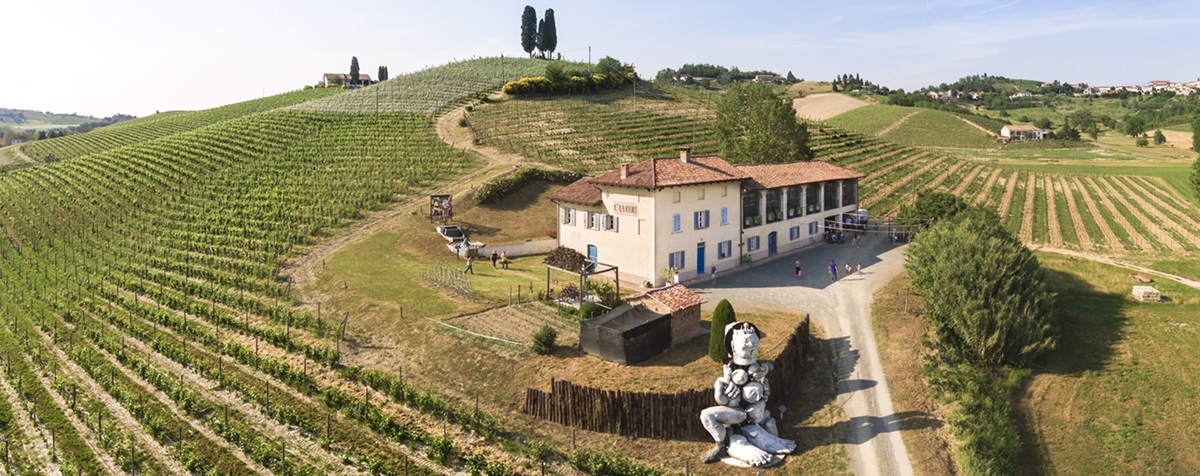

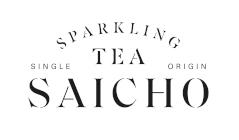

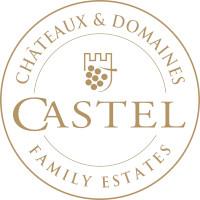


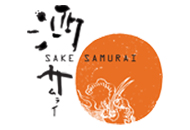
.png)
